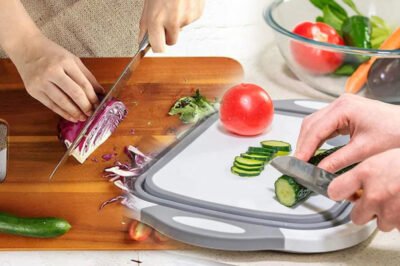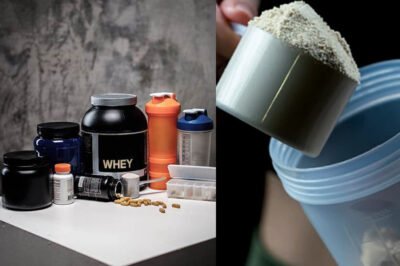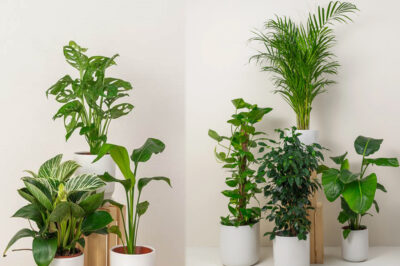The humble kitchen cutting board is at the center of meal prep, yet its impact on our health might be more significant than we realize. Traditionally, cutting boards were made exclusively from wood, but with the advent of modern materials, plastic options became popular due to their perceived ease of cleaning and sanitation. However, recent studies have reignited the debate over which type of cutting board is truly safer for everyday use. Concerns about the safety of plastic cutting boards, particularly regarding their tendency to release microplastics into food, have prompted a reevaluation of their risks and benefits compared to traditional wood.
The Case for Wood Cutting Boards:
Wood has been used for centuries in cooking environments, cherished for its durability and natural appearance. Recent research supports the idea that wood can be just as hygienic as plastic, if not more so. Wood’s natural antimicrobial properties help it resist bacteria penetration and growth. Furthermore, unlike plastic, wood does not degrade into microplastics that can contaminate food. These traits make wood cutting boards a potentially safer option, especially when considering long-term health impacts.
The Concerns with Plastic Cutting Boards:
Plastic cutting boards have been found to shed microplastics during regular use, according to multiple studies, including recent findings published in Environmental Science & Technology. These microplastics can absorb and leach harmful chemicals, like endocrine disruptors, into foods, posing significant health risks. The convenience of dishwasher safety does not seem to outweigh the potential for these boards to contribute to microplastic ingestion, which has been linked to various health concerns.
Study showed plastic cutting boards release 15 mg microplastics per cut, total of 50 gm annually which is like 10 plastic credit cards. As we delve deeper into the implications of our culinary tools on health, the choice between wood and plastic cutting boards becomes more than just a matter of preference—it’s a health decision. With mounting evidence pointing to the risks associated with plastic cutting boards, consumers are encouraged to consider alternatives that do not compromise their well-being for the sake of convenience. What’s your take on this issue? Which cutting board do you trust to keep your meals safe and healthy?










































































Leave a Reply